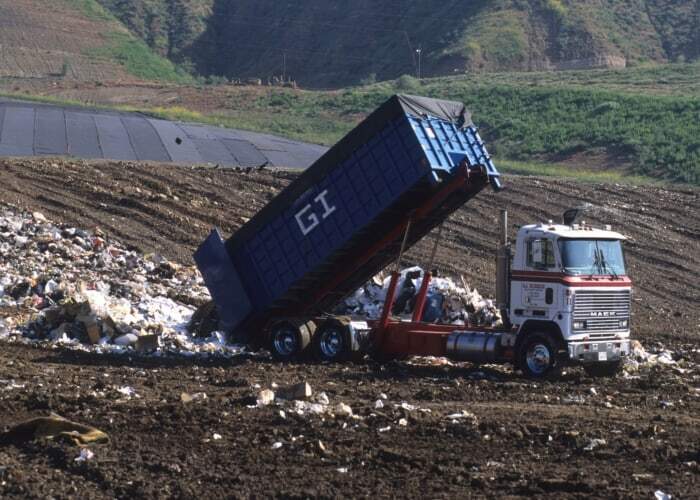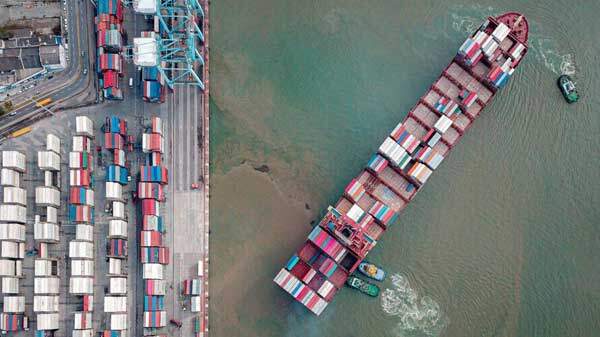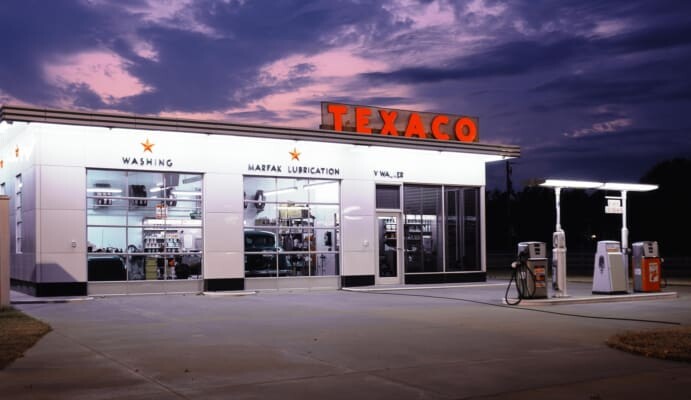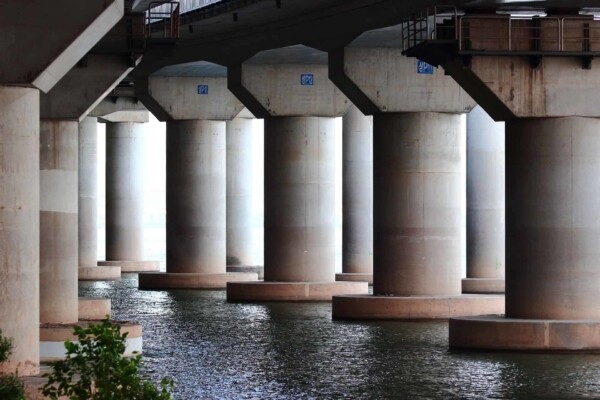Airport joint sealants for runways and more
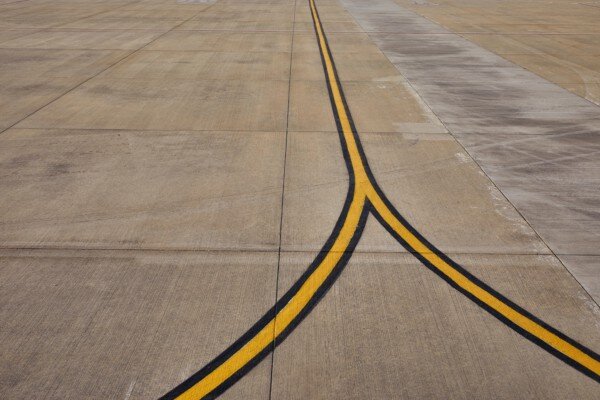
Airport joint sealant systems in a crucial position
The loading and unloading areas, runways, aprons and washing areas of airports are subject to high traffic, heavy loads and nearly uninterrupted use. Therefore, it is paramount that the airport floors made of concrete and/or asphalt fields are treated accordingly with airport joint sealants that make the joints between the fields impermeable. Poorly sealed joints are likely to cause problems over time including:
- Sagging of the fields, also known as corrosion that can be caused by climate, chemicals or abrasion
- Soil contamination due to chemicals that can access the ground through poorly sealed joints
- Safety hazard on runways during landing and take-off
Fortunately, there are several airport joint sealant systems that are suitable for concrete or asphalt from runways to washing areas. The most common airport sealants include MS polymer and polysulfide systems.
Minimum requirements of airport joint sealants
It goes without saying that airport joint sealants should be as durable as possible and protect the concrete and asphalt fields as well as the underlying soil from any damage for as long as possible. Regardless of whether one is looking for an airport runway sealant or opting for a sealant for washing areas, the system should have at least the following characteristics:
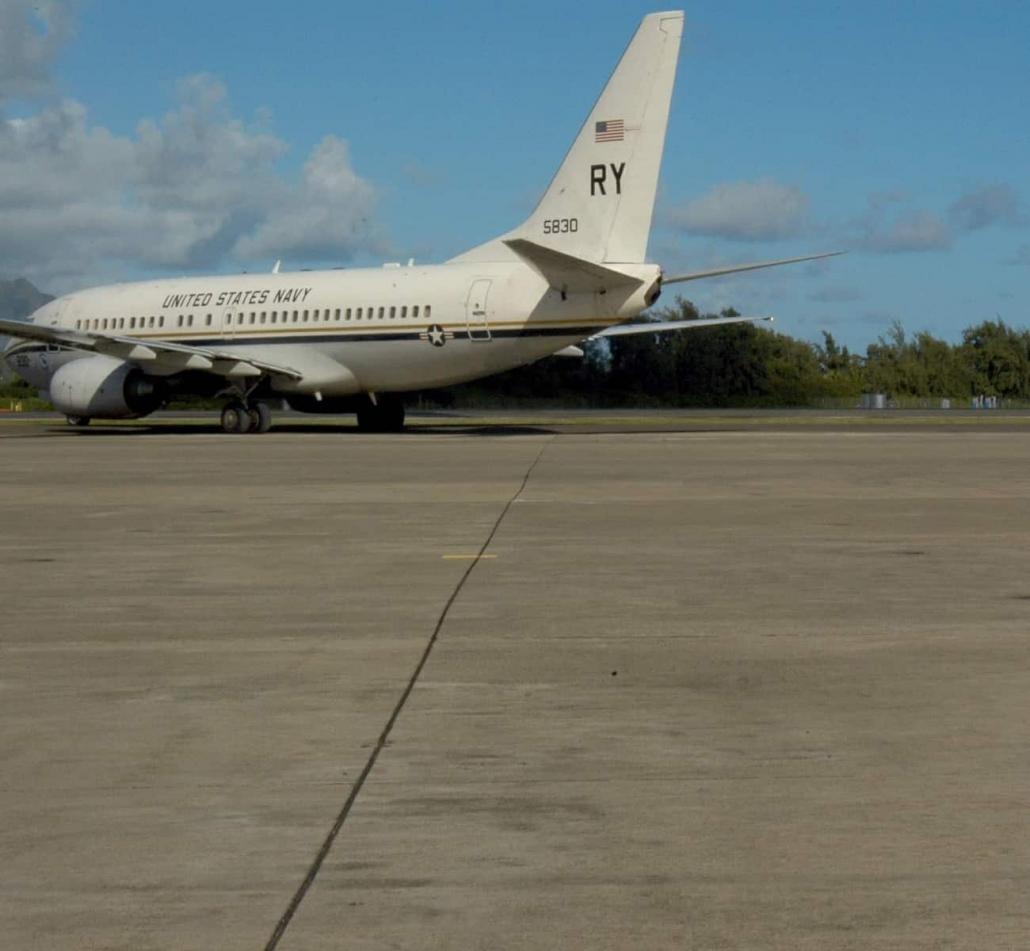
- Impermeability: the ability to not let through any water, microorganisms or chemicals such as de-icing substances or fuels is crucial in every outside area of an airport. Impermeable joints prevent corrosion of the concrete and asphalt fields as well as protect the soil from contamination.
- Resistance: depending on the environment and specific application the airport joint sealants should be resistant to chemicals and microorganisms that could possibly harm the seals.
- Flexibility: as the sealants are applied to joints and trench drains, flexibility is of high importance. The sealant is not to break when the fields experience movement as a result of temperature fluctuation or any other reason.
- Abrasion resistance: due to the continuous traffic by heavy vehicles, abrasion resistance is a must. Furthermore, airport runway sealants, in particular, require additional impact resistance to endure the frequent landing of planes small and big.
Next to the technical requirements, airport joint sealants should also meet some economical needs. These include maximum durability with minimum maintenance and fast application and rapid curing. Minimum downtime is often desired because the less time the application and curing take, the sooner the area can be opened for use.
Types of sealants that are used at airports
When it comes to the types of joint sealants for runways and other areas at airports, there are many options of which two are the most common. These are polysulfide and MS polymer.
These sealant systems exist as combinations of different products including primers, sealers, crack fillers and tacky sealants. Some of these products are self leveling making the application even easier and less time consuming.
Polysulfide systems - chemical resistant runway sealants
Of the two most common airport joint sealants, polysulfide based systems are the most resistant to chemicals. These sealants make airport areas impermeable to fuels, oils and de-icing agents reducing the risk for foreign object damage.
When high polysulfide content (~30%) is combined with an epoxy sealant, the result is an extremely hard wearing and chemical resistant system which is ideal for example as a runway sealant. Polysulfide sealants are also suitable for other areas of airports since modifying the formula to suit different applications is possible.
MS polymer sealants - flexibility and abrasion resistance
Modified silane polyether systems, better known as MS polymer sealants are not as chemical resistant as polysulfide based systems but they do come with multiple other benefits. MS polymer airport sealants are known for their extreme flexibility and abrasion resistance. The chemical resistance also reaches a sufficient level and effectively holds back fuels, water and microorganisms.
MS polymer sealants also have the advantage that they adhere extremely well to different substrates. Therefore, they can also be used when joints between asphalt and concrete fields need to be sealed. They also cure faster than for instance polyurethane sealants.
Compared to polysulfide based systems, MS polymers are also more user and environmentally friendly since they do not contain any solvents, isocyanates or silicone.
Find the right airport joint sealants for your projectt
MS polymer, polysulfide or another airport joint sealant? If you are looking for a specific sealant or need advice on airport joint sealants, contact us. Our experts are happy to assist you with extensive projects, local repairs and completely new airports. We will make sure your enquiry ends up with the best possible sealant manufacturer.
What solution are you looking for?
We are specialized in the infrastructure and roads. Need the best products or advice? Then please leave your details and we will get in touch.

